Crabapple trees are known to live for decades if they're well-maintained. However, they can come across health issues that can cause their lifespan to decrease. So what can you do to save a dying crabapple tree? And where do you start? We've researched the most common causes of illness for crabapple trees and how to save a dying one. And in this article, we'll answer these questions.
Like any other trees, crabapple trees are susceptible to health issues that can cause them to eventually die if the issue isn't mitigated. It is possible to save a dying crabapple tree, but it takes a planned maintenance regimen, and it also depends on the current state of the crabapple tree. If you suspect your crabapple tree is dying, it's best to take quick action to prevent the issue from progressing.
Whether you have a newly planted crabapple tree or one over 5 or 10 years old, the tree can fall victim to disease, pest infestations, and harsh weather conditions. To prevent these issues from exacerbating, it's always best to keep a watchful eye over your tree and monitor it at least bi-weekly or monthly to ensure that it's in its best state of health.

Signs to Look for When a Crabapple Tree Is Dying
When your crabapple tree is suffering from health issues, you'll usually see signs of the issues weeks and months before it becomes severe. Recognizing these signs early can mean the difference between saving your crabapple tree and potentially losing the tree because it's too sick. Let's take a look at the most common signs that a crabapple tree is dying.
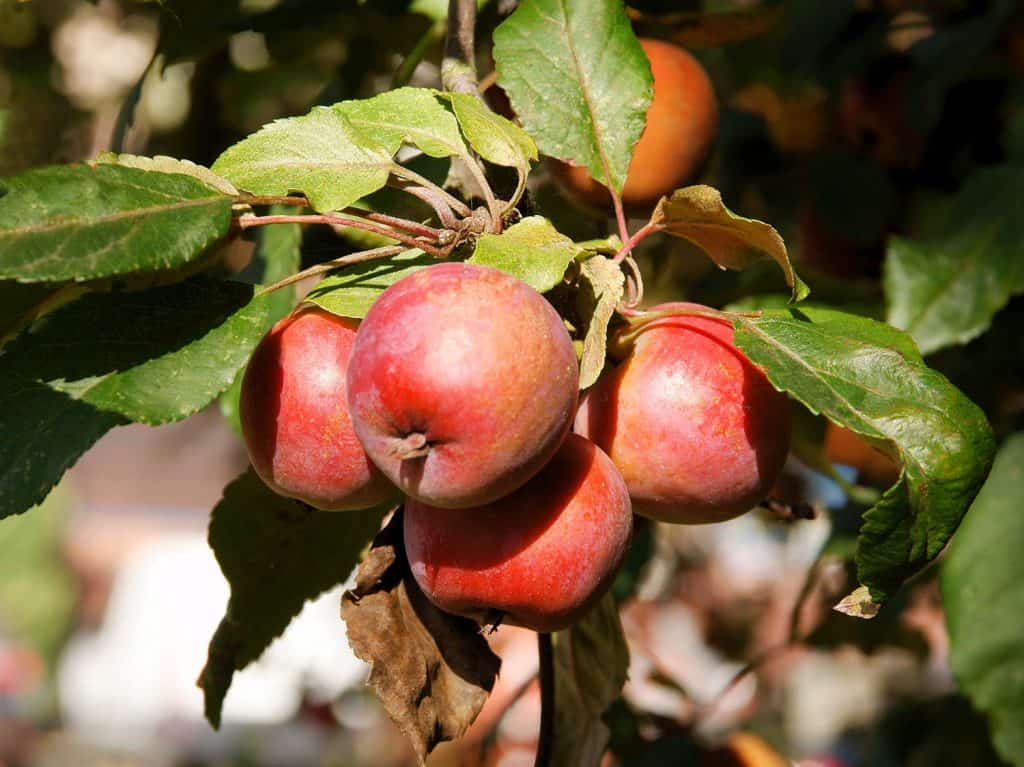
The foliage looks different
After you've had your crabapple tree for a few seasons, you'll become familiar with the different colors of the foliage, as well as its typical shape and size.
If you begin to notice changes such as the browning or yellowing of leaves, note that this could signify a deeper issue. You may also notice leaves that are starting to wilt or that they simply aren't growing as large as they used to. When you see changes in the appearance of your tree's leaves, it's often due to climate changes or issues with diseases.
Dying branches
Some diseases and pests can also affect the crabapple tree's branches. You may notice that the branches are starting to fall off, become discolored, flaky, develop mushroom-like growths, or crack.
If an entire branch starts to crack or begins to lose its foliage, this is a tell-tale sign that there is a serious issue with your tree's health. If you notice this, be sure to take action immediately so then you can get down to the root cause of the issue.
Discolored fruit
Changes in the look of the fruit of your tree are one of the biggest signs of health issues. If the apples on your tree suddenly appear small, spotty, or soft to the touch, your tree most likely has a disease--the root of which can be tied to several different tree fungi, pest infestation, or climate issues.
For example, if your tree suddenly gets too little sun for several weeks at a time, it can negatively affect its ability to re-energize itself (through photosynthesis) and provide the branches and leaves with the nutrients that they need.
Steps To Revive Your Dying Crabapple Tree
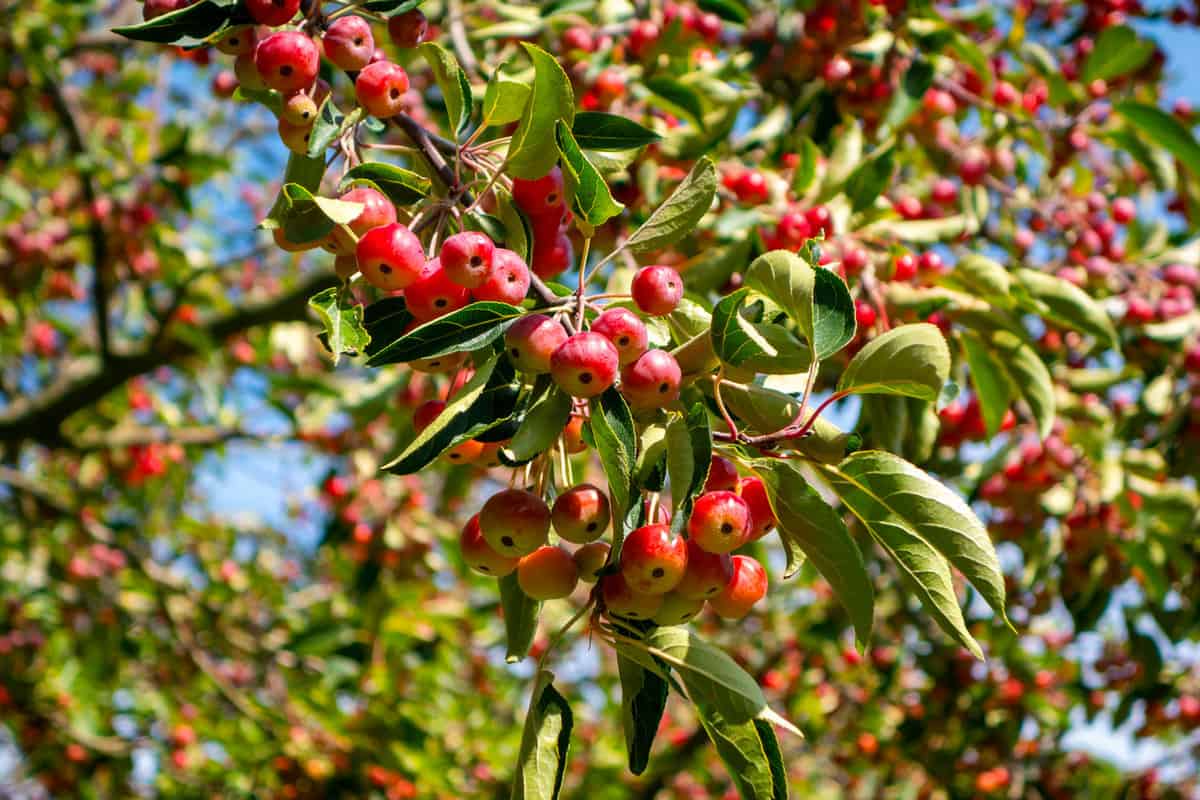
There are several different steps that you can take to revive your dying crabapple tree. However, the best approach will depend on the cause of your tree's ill state of health. Let's take a look at it where you can start.
1. Identify and treat the health issue immediately
If you have trouble identifying the issue with your crabapple tree, you can always contact an arborist. An arborist can come out and look at your tree (or you can send them pictures) to help you understand what's causing its ill state of health.
If the issue is related to a fungus, there are different fungicides that you can apply to the tree to get rid of it. If a pest infestation is causing the issue, you'll need to identify the type of pest and apply an appropriate pesticide.
Check out this pesticide on Amazon.
Sometimes you may need to apply it multiple times over the course of a few weeks to get rid of the infestation completely. Lastly, if the issue is related to environmental conditions, you'll need to examine the main aspects of its environment, including its watering regimen, the amount of sunlight receives, and the health of its soil. Afterward, correct any environmental factors that are harming the tree.
2. Prune dead branches, leaves, and fruit
The next thing you'll need to do is to prune the tree of any dead leaves, branches, or fruit. It's best to plan this out, as this process can take a day or two--especially if the tree is on the larger side or if the health issue is invasive. You can use a pair of pruning shears to trim the tree or a small hand saw if your tree has thick branches.
Find pruning shears on Amazon.
When pruning the tree, only cut away the dead or diseased branches and leave the healthy branches intact. Remember that pruning the tree zaps it of its energy, and it will be in a very vulnerable state for several weeks as it repairs itself.
3. Add fertilizer is needed
When examining your trees' soil, it's best to test it with a pH testing kit. And if the soil is lacking nutrients, you'll need to apply fertilizer to get it back to an ideal state. Keep in mind that crabapple trees prefer rich loamy soil that has good drainage. They grow best in soil that's moist, a bit on the acidic side, and that has an average pH of anywhere from 5.6 to 6.5.
Find details about this pH testing kit on Amazon.
4. Re-mulch if needed
Sometimes plant diseases can spread down to the mulch around the base of the tree. If your tree's mulch has dried out, become infected, or appears old, remove it and add new mulch to the tree's base.
Make sure that the mulch application isn't too thick and that the tree's roots are still able to breathe. This can help prevent bacteria, insects, and fungi from growing inside of it. After applying the mulch, give the tree a good watering and monitor it for the next few weeks.
How Do You Rejuvenate A Crabapple Tree?
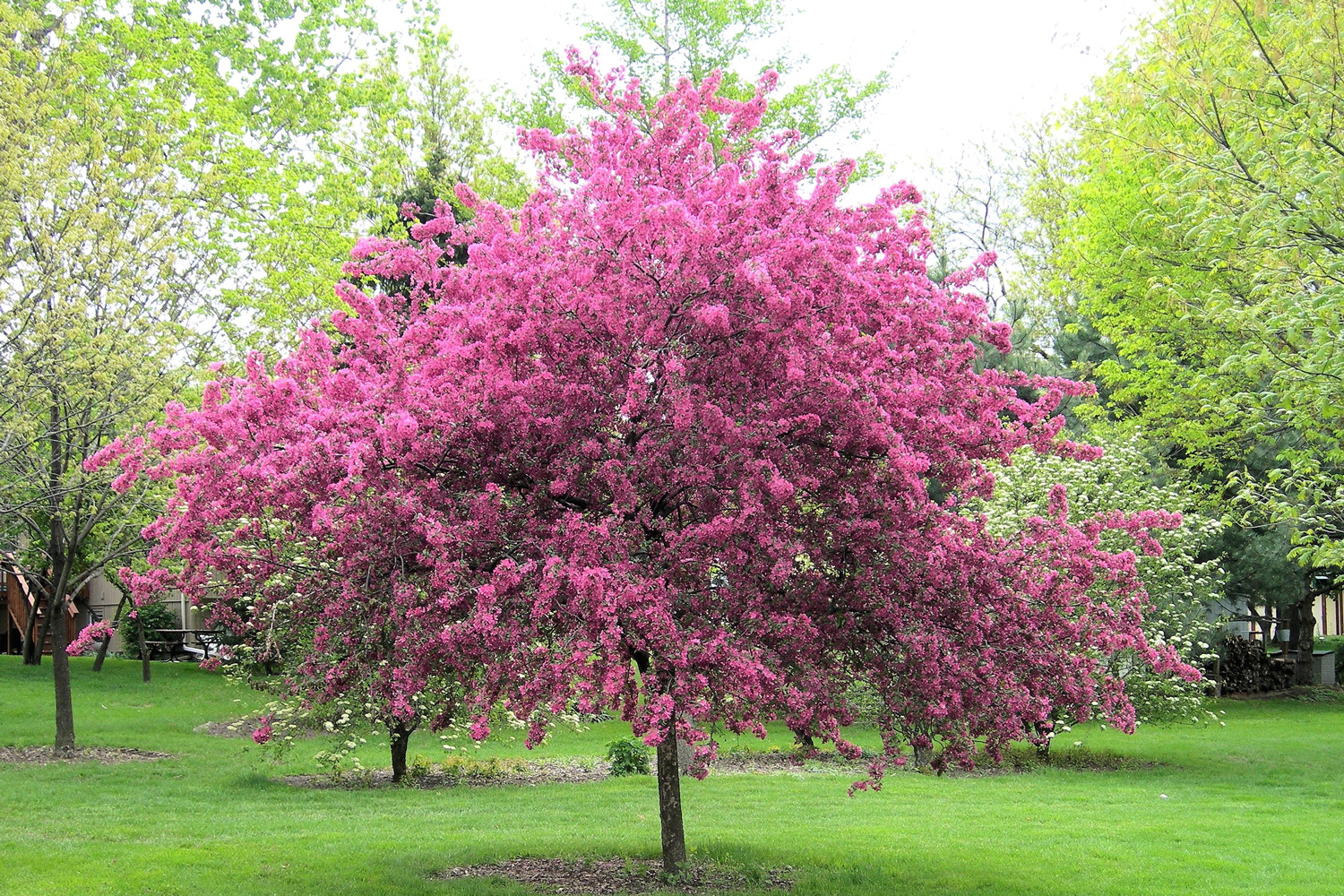
If you notice that your crabapple tree has lost its vigor, there are steps that you can take to revitalize it. Let's take a look at them.
Treat any health issues
Oftentimes, a tree that has lost its vigor is suffering from a health condition. If this is the case with your tree, it's best to treat the condition as soon as possible so that it can quickly repair itself. This typically involves removing pest infestations, treating fungus issues, or giving the tree a little TLC in the form of fresh soil or water.
Prune it
Pruning your crabapple tree is one of the best ways to encourage it to grow new healthy branches and leaves. If you have dead or diseased branches and leaves on the tree, prune them as soon as possible to get your tree back on track.
Supply it with nutrients
Even though crabapple trees are relatively easy to maintain, it doesn't mean that they won't need any nutrients supplementation. If your tree has lost its vigor, try testing the soil to determine if it's too alkaline. If so, apply a quality fertilizer to give it a nutrient boost. Also, while examining the soil, make sure that it is loose and well-draining.
Don't know what fertilizer to use? We have you covered here: 7 Best Fertilizers For Crabapple Trees
What Is Killing My Crabapple Tree?
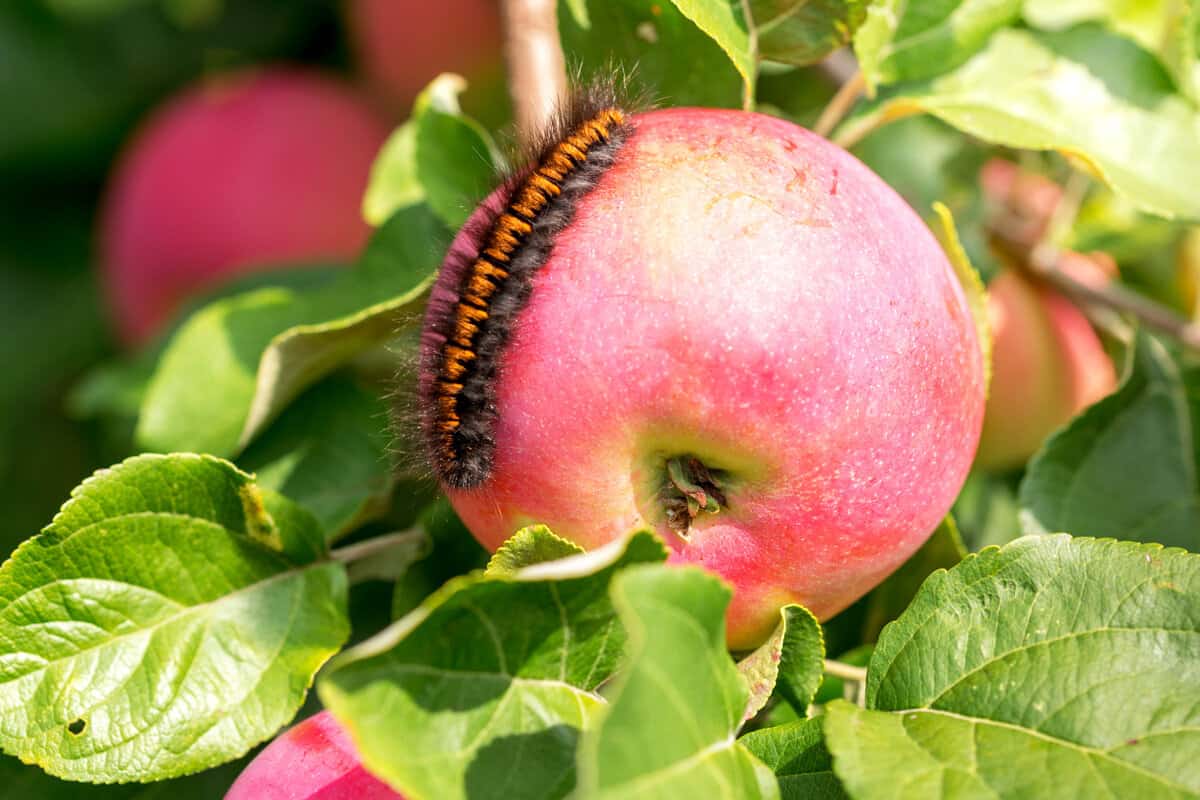
The most common reasons a crabapple tree may fall into ill health are pests, tree diseases, and environmental conditions. Even things such as drought and air pollution can attack your crabapple tree, leaving it in a state of ill-health. Regardless of the issue, it's best to examine the tree and narrow down the root cause as soon as possible to save it.
How Long Do Crabapple Trees Live?
Typically, a well-maintained crabapple tree can live anywhere from 15 to over 150 years. However, the average life span will depend on the tree variety.
What Diseases Affect Crabapple Trees?

Several diseases can plague a crabapple tree, though they may vary by tree variety. Common diseases include apple scab, cedar apple rust, fire blight, black rot, and necteria canker. All of these diseases are treatable with fungicide, though some will typically die off on their own.
Wrapping Things Up
Crabapple trees can make for beautiful garden decorations. However, like other fruit trees, they are prone to issues with disease and pest infestation. Continually monitoring your tree's appearance can help you recognize signs of health issues so that you can prevent it from dying.
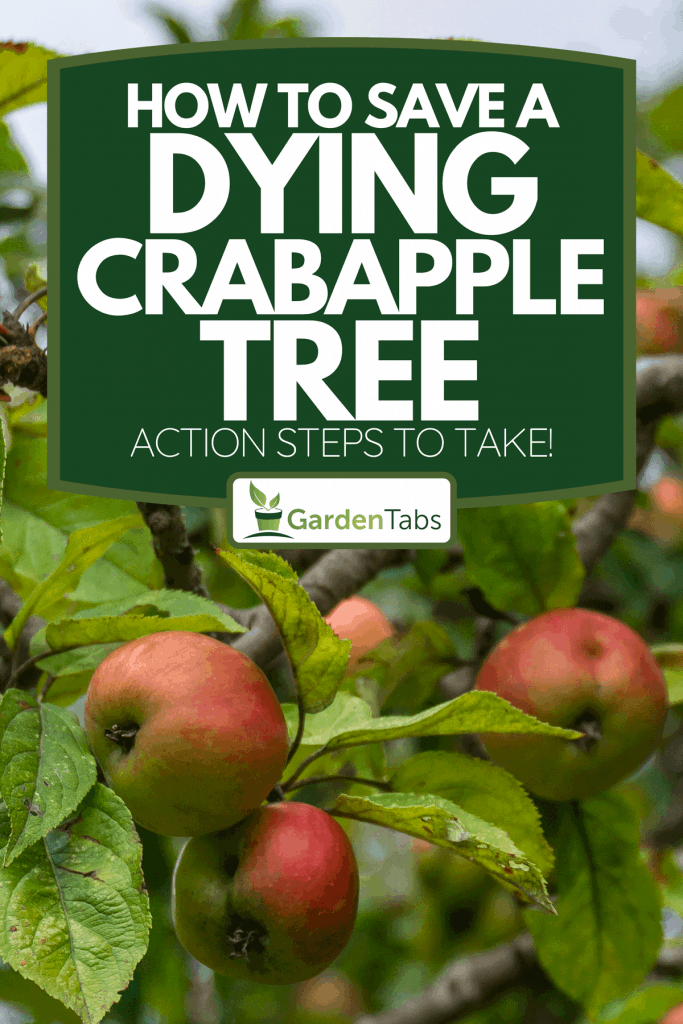




What nutrients/pesticides can i put on dying crab tree now in Aug. to bring back in spring.